When was the last time you took an acting class? Have you ever taken an acting class? Did you know that your career will become increasingly dependent upon it? Our favorite pictures are the ones that move us the most. These images include fantastic graphic design along with some of the best acting on paper, which is also design related.
Just as editorial illustration uses literary exercises as a viz dev (visual development) tool to conceptualize imagery, story art pulls from script writing and acting exercises. We will focus on the acting exercises in this article.
Great movie directors are not necessarily great actors, but they know acting well enough to know how to “trick” their actors into better performances. We should know something about what makes (great) acting of a moment, scene, etc. to find a better performance in the moments/experiences we create.
I think it is important to note a few great artists who exceeded this “performance” in their work as a guide to help us improve our own artistic acting skills.
Norman Rockwell was one of the greatest artists to “perform” on canvas. His consistency proved all too often that he was “living” through his performances, each cover a memorable story beat from some distant famous film. He knew how to take an ordinary or a “close to” reference and “enhance it” to theatrical perfection. He studied film religiously, off to the movies every chance he had. He also studied the old masters absorbing everything he could understand in their compositions.
Jack Davis and Mort Drucker, two of Mad Magazines finest talents were both heavily influenced by film and were fantastic at caricature, fast enough to do sequential art, and smart enough to find the best poses and expressions to tell their parodies of famous movies using the actors and actresses in some of the best caricatures of them ever crafted. While it might be a bit too cartoony for your own work, something can still be pulled from it to make your own work more “inspiring”, more entertaining.
Jack Davis
Mort Drucker
Bill Waterson and his Calvin and Hobbes series were some of the best strip cartoons ever conceived, everything about them almost perfect. The body language and the facial expressions are priceless. Bill really truly understood expression in the shapes he was generating and understood economy almost perfectly. The expressions and gestures are some of the most impressive and entertaining in the drawing world to this day.
Along with Norman Rockwell, Mort Drucker, Jack Davis, and Bill Waterson there is Al Dorne, Don Bluth, Cory Loftis, Glen Keane, Sebastian Kruger, Peter de Seve, Will Eisner, a few of the few greats that can grace triple AAA performances on paper. They figured it out.
Before we begin, I need to emphasize a few things here. If you are a perfectionist, you NEED TO LET IT ALL GO! There is no way to find change if everything needs to be perfect. This is a time for gesture and loose sketching is the best prescription for it. PLEASE LET IT ALL GO FOR THE EXERCISES, IT WILL DO YOU GOOD.
THIS WAS ALL DONE IN LINE TO KEEP IT SIMPLE!
LINE IS THE PRIMARY COMPONENT OF GESTURE AND ATTITUDE
Line is an actor, and to see the lines as actors, you must first see the energy in the lines you draw, locate where the most emphasis is placed in the linear movement, understand why you made it the way you did. Short choppy lines might not work well here to understand what I am stating, they should be long and part of the full gesture when you draw. The energy you place in your line work is the spirit that goes into the lines you draw from the eagerness, or the excitement in them from the act of drawing them to consciously acting with them to create a specific feeling or design.
Here are the four mechanical types of lines that we can draw.
The emphasis of the line is where the apex of the line or the heaviest weight is of the line. This is where the line took a turn, accelerated, decelerated, redirected, etc. We unconsciously do this until we better understand that every micron of what we draw is controlled from the start to the finish of each mark. The better we are at controlling these marks, the easier it is to “let go” and generate organic and free form design. This comes with tons of conscious and deliberate practice.
When we apply these lines to a subject, we tend to think of them in pairs, or as sides of a shape that we build. Singled out, a line can have an attitude, when grouped together, these lines create a shape, which can have personality and attitude.
SHAPE CARRIES THE ATTITUDE OF YOUR ACTOR
Thinking about drawing shapes with attitude is a bit deceptive at first until you build a flip book and animate a ball bouncing to a stop. Another exercise for you to try? Hmmm…. The first time making this flip book will end in a lack luster but focused adventure in making the “drawing/object” move. After the first bounce, you will begin to experiment with the shape of the ball after not finding any life in the bounce, no character, no response. You begin experimenting with the mechanics of animation, which in 2D drawn animation, the actions are in the Shapes and Lines drawn to express the shapes. Is it just me, or does this sound strangely familiar?
change the apex of the line and it changes the character like the two heads on the left.
Changing the shapes length, width, direction of arc, etc. each circle reads with a different type of action or expression.
EXERCISE 1. LABEL THE EXPRESSION
We begin with the simple shapes, short lines, and circles. This first exercise involves music. Play your favorite tunes, they need to be your beat, your vibe. Then you can try it with music you can’t stand or find annoying, like work music, and make the best of the moment with it.
Draw in stages and do not skip ahead.
Step 1. Draw big circles on the page, these will be your containers. Draw each one to a noticeable rhythm or noticeable instrument until the page is filled. Keep them to about the size of a quarter each, this will warrant a lot of these on your page.
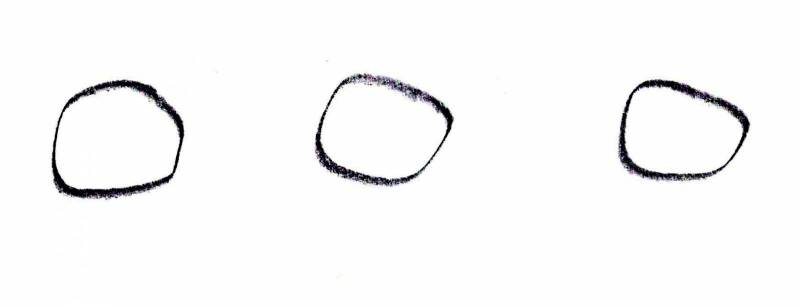
Step 2. Draw two dashes for eyes in each container. Use the music and put each set in with a single or simple motion and move to the next. Again, draw them to a beat or noticeable instrument and do not try to make them do anything; just draw.
Step 3. Draw the mouth shape-dashes or circles, draw in the mouth shape using the music again to help you place each stroke on the page. Fill all the heads with these marks. Turn the page over, start a new one.
Once you have done this with three pages, turn them all over, and look at them all together at once. Do any of them immediately jump out at you as how you feel right now? Do any jump out at you as angry? laughing? Curious? What emotion can you label each container with? They can all be labeled, regardless of how active they might appear. IN ONE WORD, LABEL EACH PORTRAIT YOU HAVE DRAWN.
Within these few simple lines each face expresses emotion, or at least we attribute emotions to them. This is a first glimpse at “acting” in your drawings. The trick is to keep this simplicity in your own more complex finished work. Keeping the gesture and the expression simple and clear is not an easy task when rendering something out, but as you begin to know yourself more as an artist you will begin to understand how to make this work with your own art.
The line and the circle have a lot of power in them and they do not require knowing anatomy or rendering to achieve them. This is obviously not the end point of this exercise, the goal is to eventually roll this into your art, into your images and find the best suited expression, using simple shapes at first to find how this expression should feel before investing any time into rendering it out to a finish. But nothing we do in art needs to be complicated, and solving art problems can be much easier than we make it out to be if we can break whatever it is down into simple stages, simple blocks of understanding and dissect and solve the nuances that are causing us the most frustration.
Next, we must learn how to practice a performance and learn how to be okay with throwing most of the performances away for the best suited version. Actors and musicians practice all the time, and unless they record themselves these practice performances are gone to the ether, lost to time. But each time they perform the same piece, it gets easier from the history of previous attempts as their guide.
Drawing is similar but all of our attempts are recorded, and because they are all there before us, we can be far more severe and judgmental towards the process and all the work that must go into solving a visual problem. We also become more critical of “all the work” we do and make it out to be more important than it really is, putting more value in a step that should just be understood as one of the many steps involved in creation and solution-based art. It requires a lot of tossed out almost amazing stuff, but the one that was edited down to the final piece was THE BEST ONE FOR THAT STORY BEAT!
SILHOUETTES
Just like acting, we need to find the best suited gesture or behavior for each mood, feeling, expression that is needed for the story beat. An actor uses a mirror to find that feeling, we silhouette to start our path towards that great performance. This silhouette is the BIG read of the pose and requires no interior details to help solve the action. If subtlety can be included in this gesture then please do include it, but do not focus upon it as the next few stages will help flesh this part out.
When drawing this silhouette, try to avoid obvious or deliberate overlap that does not allow for visual distinction between the upper and lower limbs. This confusion can be avoided but it will have a partial staged feeling to it as we are clearing the noise to help the viewer better understand the activity. This is very similar to how stage actors have to “enhance” their performance for all to enjoy and experience regardless of how far they are from the stage.
The silhouette should express action clearly, should have a strong sense of balance, and feel weighted to a world space, gravity effecting the action and limiting its range and motion. In other words, does it feel correct like its real and do you talk about it like its real, not like its drawn?
SILHOUETTES AND STRONGER SILHOUETTES
Part 1 of this next exercise is to find a gesture using silhouette to portray the action. You can mass in the shapes or use line and fill them in. I am not holding you responsible for a technique here, just find the easiest path to the clearest silhouette you can find.
Part 2. Of this exercise includes repeating the performance, and improving the silhouette by adjusting the limbs, the torso, the neck and head, whatever it is that will push the action in a positive direction.
Part 3. At this point you should have some clear poses at your disposal, but do they really say what you are looking for them to express in their gesture, or is there a better pose to find? Find performers, friends, family, anyone willing to physically act out an action for you to compare reactions to your original, and to copy, finding variations in each of these activities. Watch films, find different actors performing this activity, action, and copy their performances. Come up with at least a half dozen variations to each of your silhouettes.
Iterations in search of the idea
Once you have these variations, compare them to each other and put an x next to the one you find best describes the simple one word or few word description you have designed for yourself.
If they fail to meet up to your standard, what line manipulations can you make to the shapes to draw up a stronger pose? What shapes can you find that might reinforce the actions, best express the emotions or performance you want your drawing(s) to exhibit?
SQUASH AND STRETCH LIKE AN ANIMATION BOSS!!!
For this exercise, anatomy is a good thing to know to help with the believability of the actions drawn.
This is where you can shine like Rockwell and give the best performance you can to all your actors.
The entire face is a part of an expression, not just the singled-out features. The features have surrounding muscles and tendons that are active but can sometimes go unnoticed.
Find some facial reference, maybe do some frame grabs from a film and copy the actor’s expression(s). Once the first drawing is completed, draw it again, but this time squash or stretch the muscles and features in the correct direction best suited for whatever expression it is you are copying. Expand to the absurd limits to understand what breaking point is in each gesture and then back off from that breaking point. All the experience you can have is history that goes into all your decision making as an artist.
Do this exercise with physical performances as well. What simple lines best express the actions you are designing and how can you add “just enough” to not kill off or weaken the statement. Like the arm example I have below, detail can overcrowd a gesture and make a moment “decorative” rather than physical, gestural, and expressive in its performance.
Decorative vs. Active Design
DO NOT BE AFRAID TO PUSH THE DRAWING PAST THE REFERENCE IF IT MAKES FOR A STRONGER PERFORMANCE IN YOUR PIECE!
-Strong simple lines
-Strong expressive shapes
-Convincing, easy to read silhouette
-Squashing and stretching the shapes to emphasize the expressions
This is not limited to characters, you can put this emphasis into any item in your art, and you can push the design as far as it is needed to make the pictorial statement clear.
Remember, art school gave you a set of tools to work with, not an end goal. A realistic school of thinking is just there to help you realize things in a 3D nature, but that does not mean it all needs to be as photographic as your reference. Reference is just a starting point for you to take and stretch it out as far as it is needed to perform well for your illustrative needs and goals. It is in you to make the performance and to realize it to completion.
Practice these exercises until we next meet up and we will expand on them and continue to develop our pictorial acting skills. Have fun leveling up and see you in a month.


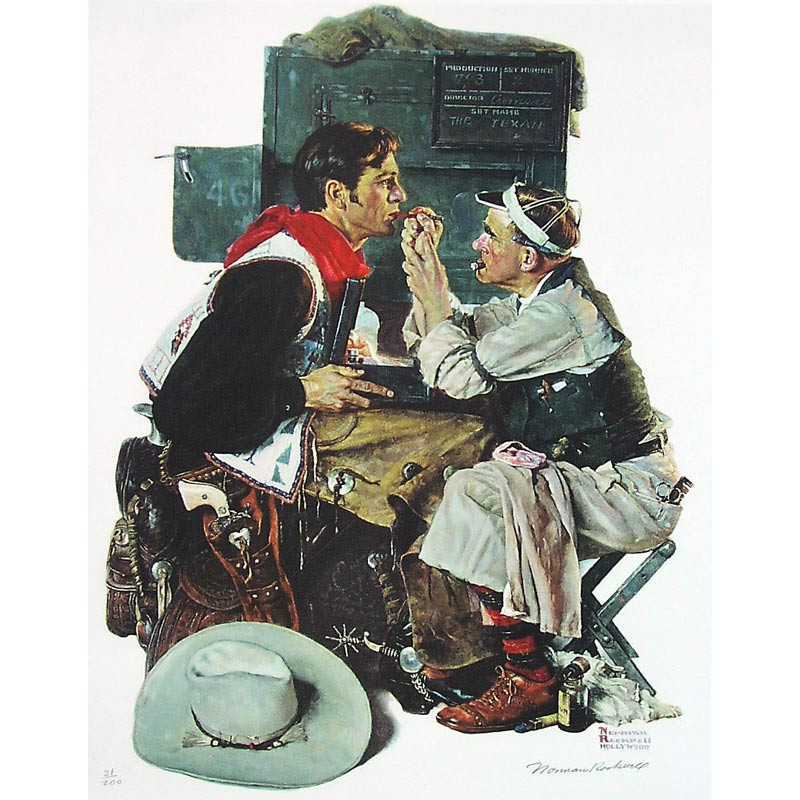
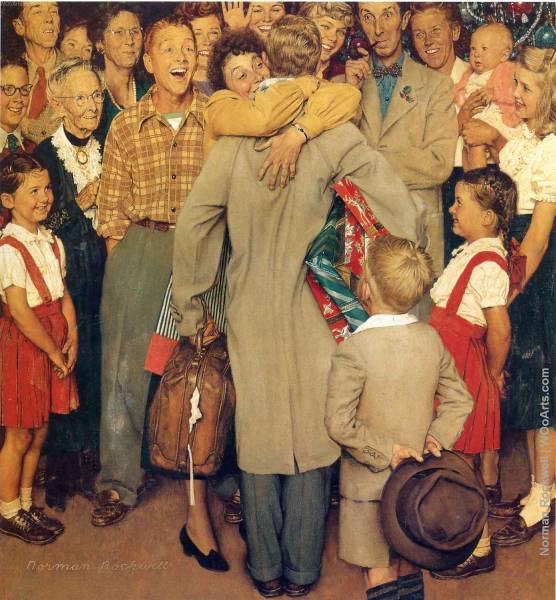
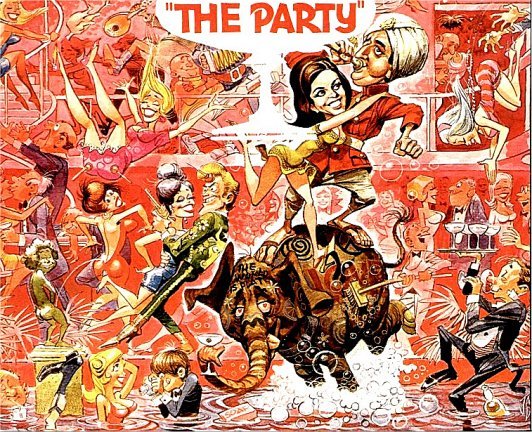

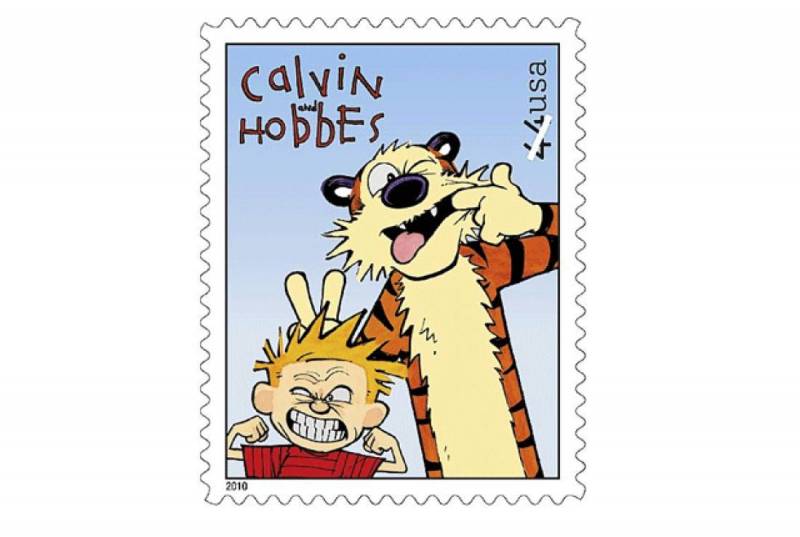 Bill Waterson
Bill Waterson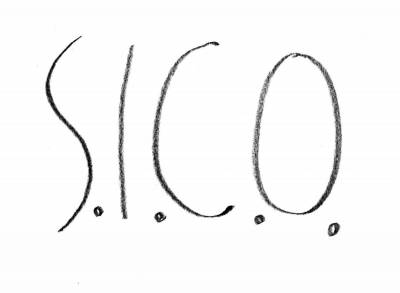
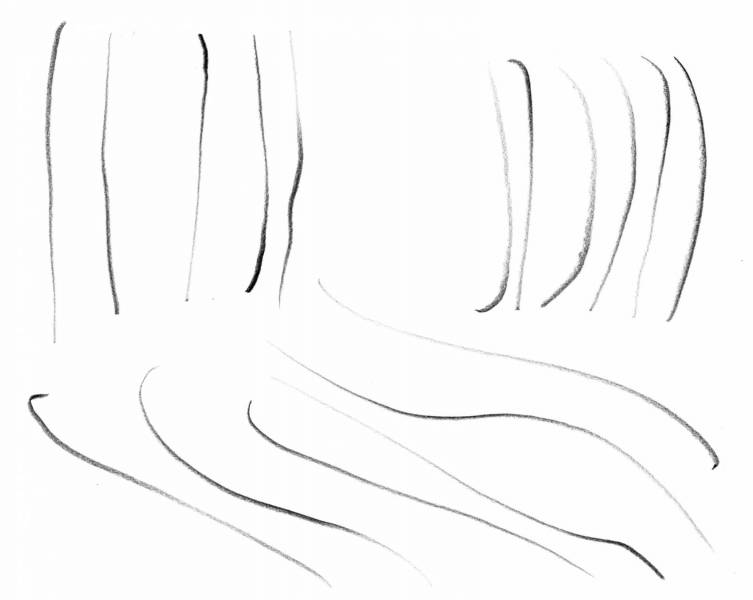

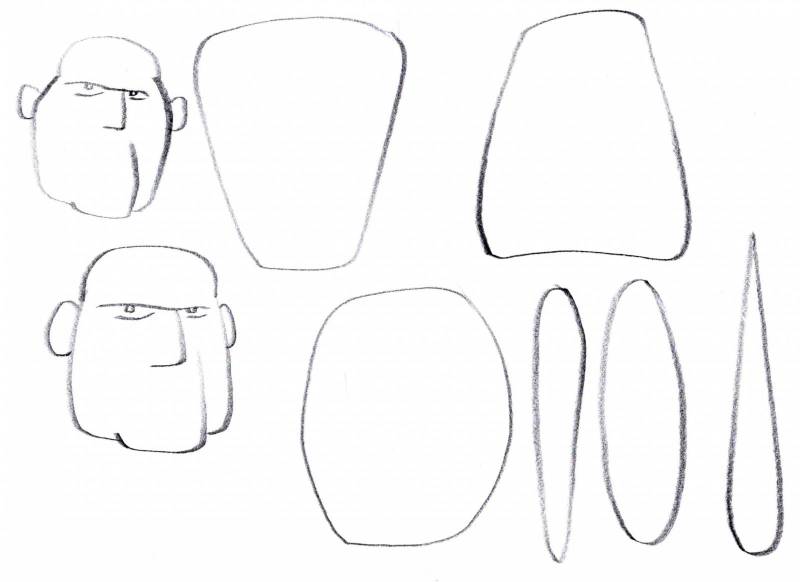
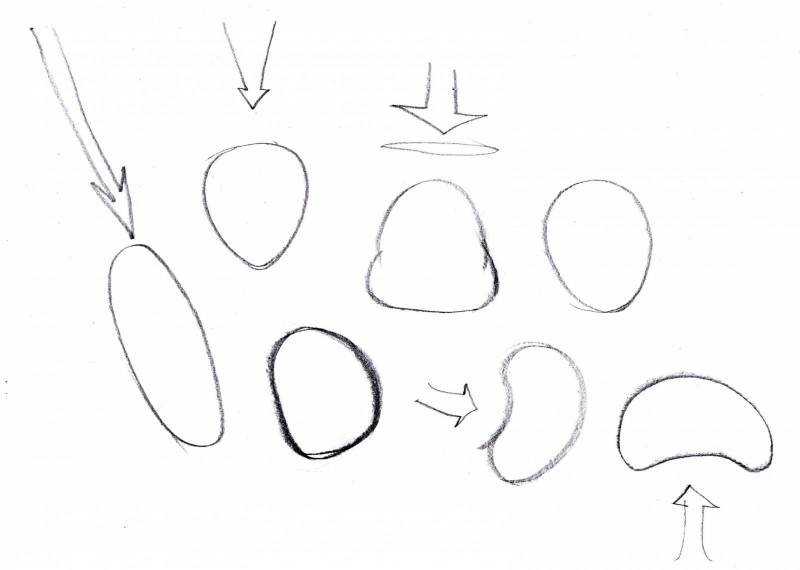



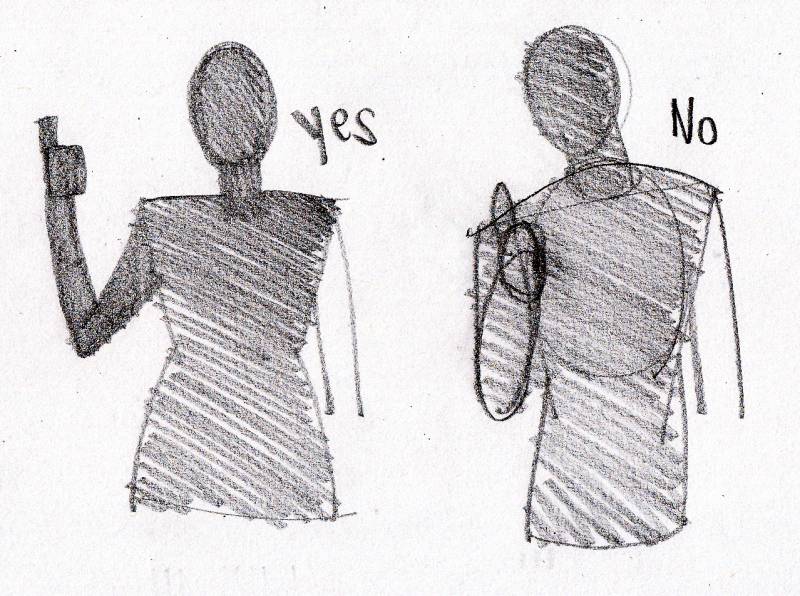
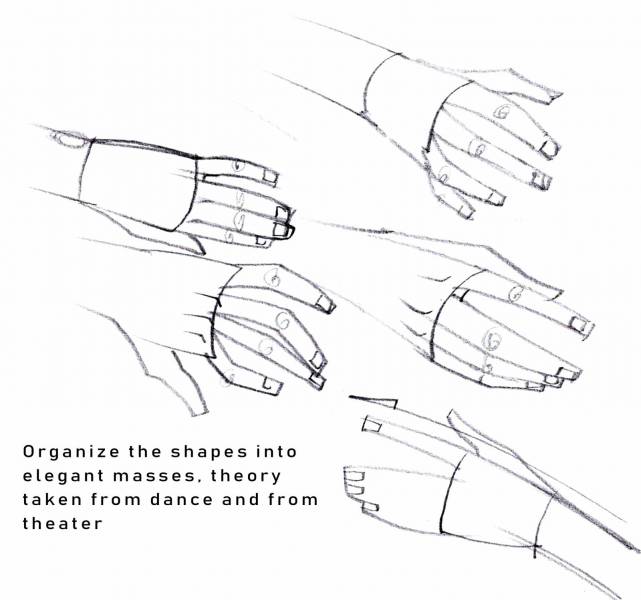
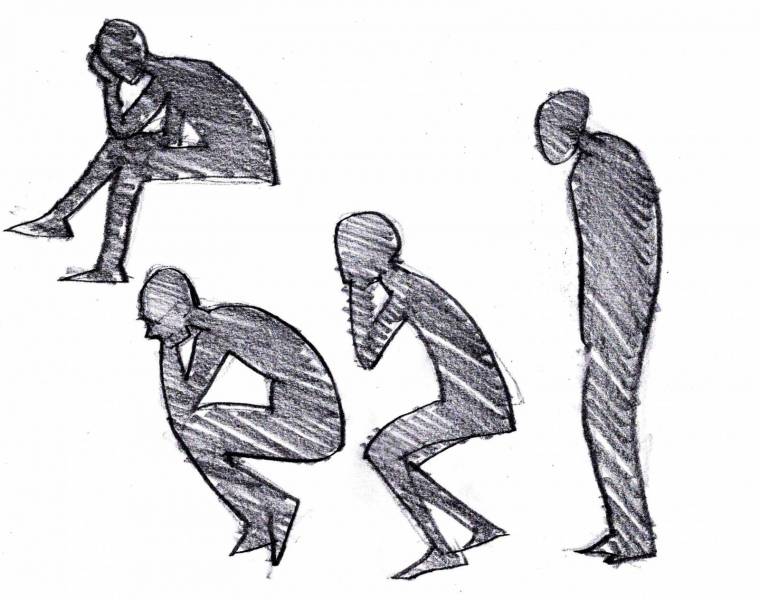
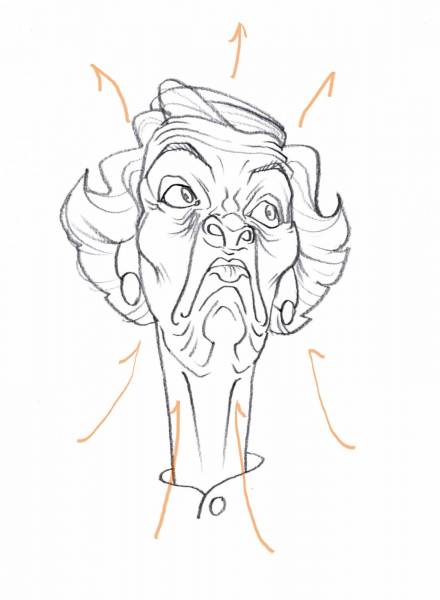
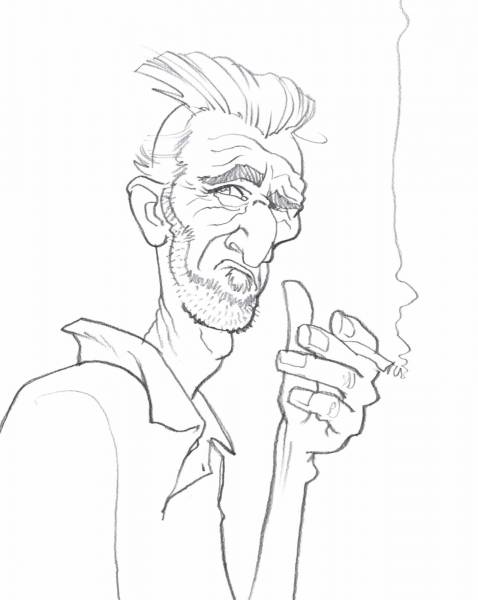
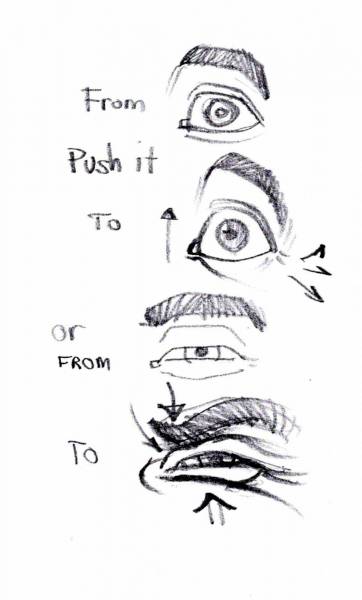
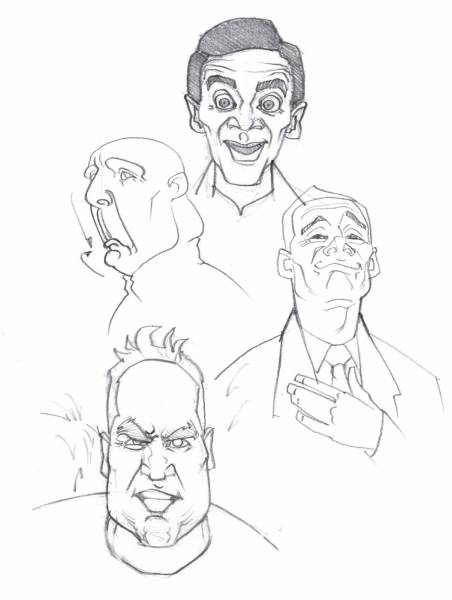
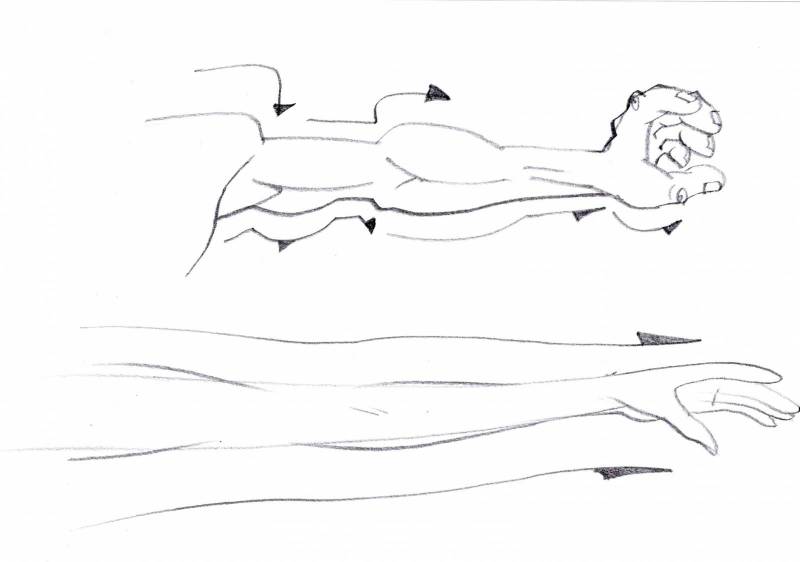
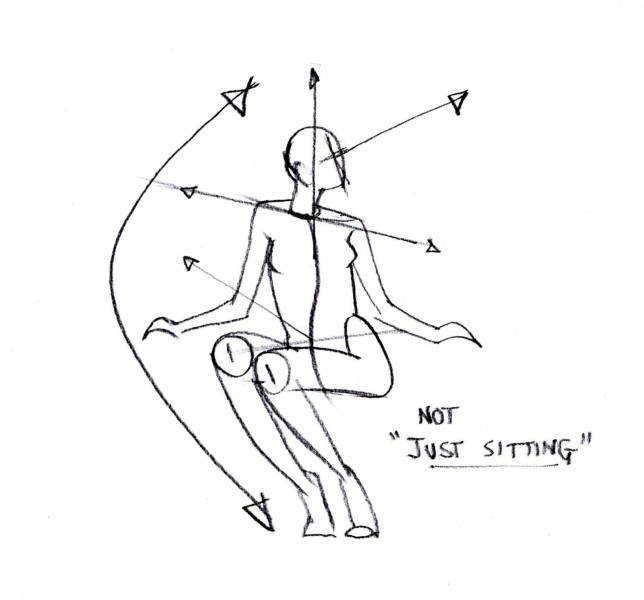

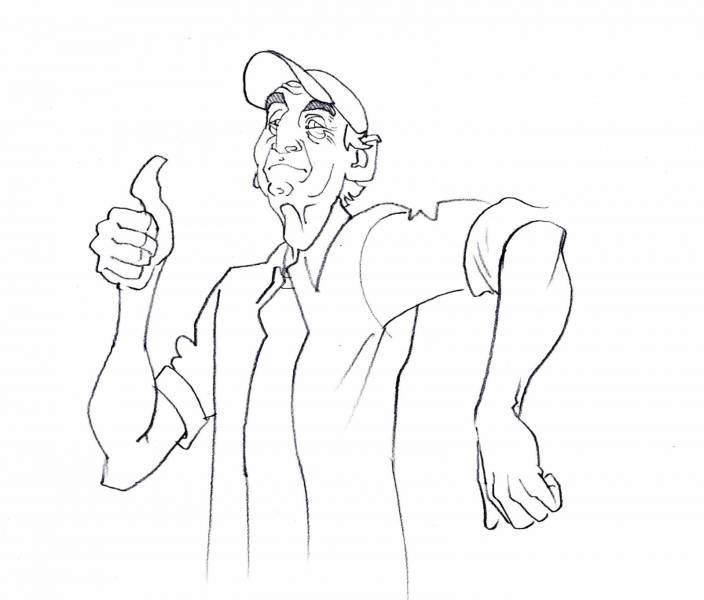
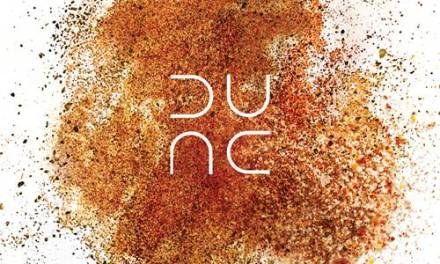
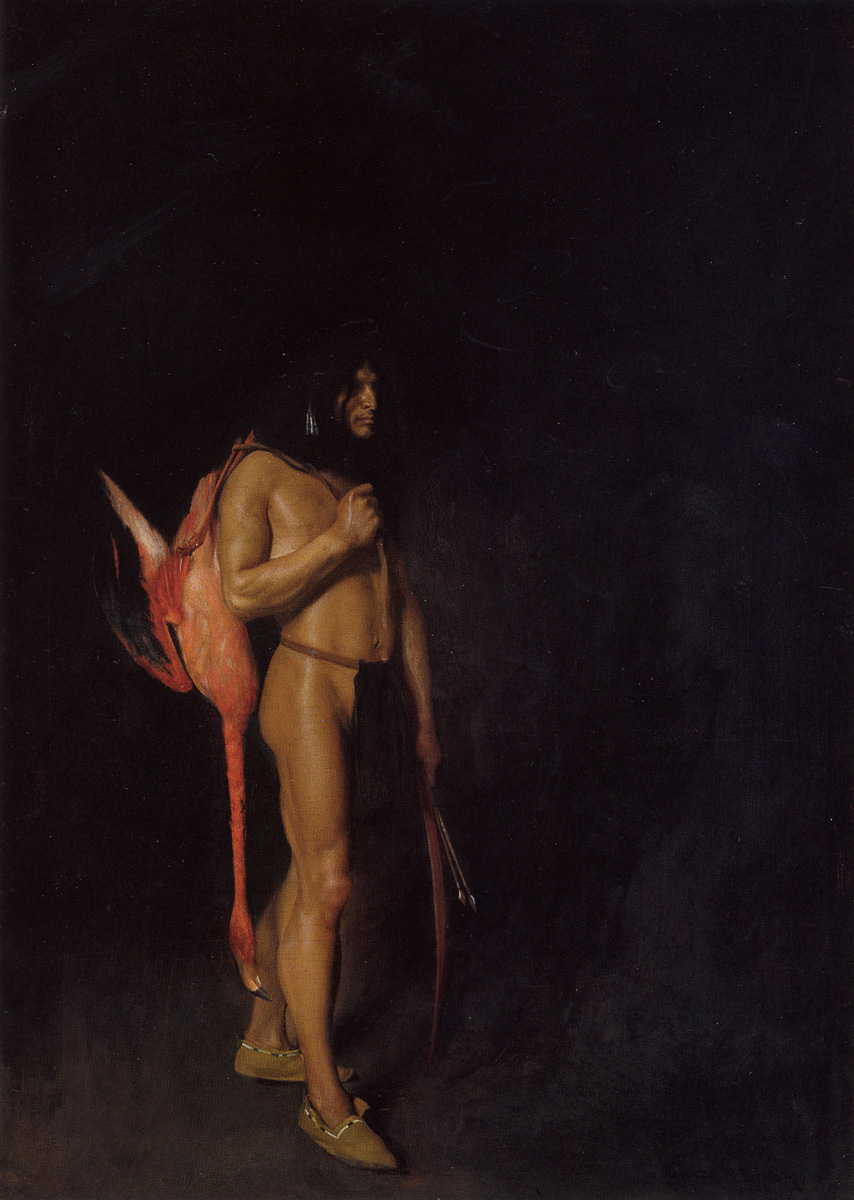


Genuinely perfect
I made a flip book with a bouncing ball, and it turned out laughably bad. No fear! I’m interested in experimenting some more with the shapes and lines. The other exercises will take more time, but I look forward to the practice.
Phenomenal read as always Ron! Is there anything to do with illustration or art that you can’t do or know?!!
Thank you for taking the time to make these posts!
Man this is so good.
Your and Vanessa’s articles are always golden nuggets of food for thought. as an animator and boarding artist, this is everything that I aspire to capture. so it means the world when you share your 2 cents on it.
it reminds of an anecdote the legendary animator Richard Williams once shared on one of his workshop. Some famous actor had come to take one the his masterclasses on animation he was giving at the time and Mr Williams thought this individual was in the wrong class but the actor corrected him and said that what Williams was teaching had everything to do with acting.
Also thank you so much for your recent 4 Volume series on the human figure. I had learnt so much!